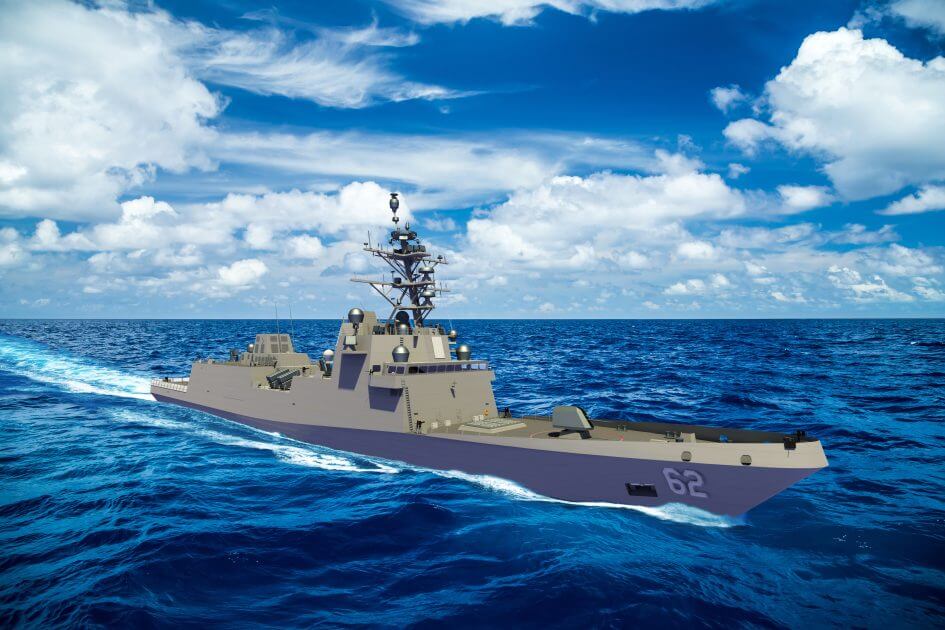
Guest Commentary by Captain David Lennon, USNR (Ret.)
The recent directive from the Senate Armed Services Committee, calling for the U.S. Navy to explore alternative missile-armed ship options, highlights a significant issue: the persistent delays and design challenges with the Constellation class frigate program. As a retired Navy captain, I have witnessed firsthand the impact of such delays on our fleet’s readiness and capability. The committee’s concern is not unfounded, and their call for a “highly producible small surface combatant study” is a necessary step to address the near-term gaps in our naval capabilities.
The Constellation class frigates, envisioned as a modern and versatile addition to the Navy’s fleet, have been plagued by extensive changes to their core design. These modifications have resulted in a projected three-year delay for the delivery of the first ship, the USS Constellation, and similar delays for subsequent ships in the class. Such setbacks not only strain the Navy’s resources but also undermine our strategic readiness, especially in light of the ongoing naval buildup by the People’s Republic of China.
In response to these challenges, the committee has proposed exploring the feasibility of arming other types of ships with missile systems, including large uncrewed surface vessels (LUSVs), amphibious warfare ships, and auxiliary support vessels. This approach could provide a more immediate solution to increase our fleet’s missile-launching capacity. Additionally, the idea of adapting commercial hulls or existing Navy ships with bolt-on or containerized missile launchers presents a practical and cost-effective alternative to waiting for the delayed frigates.
The committee’s report also highlights a broader concern: the projected decline in the number of Navy battle force ships and fleet-wide vertical launch system (VLS) capacity between now and 2027. With the retirement of Ticonderoga class cruisers and Ohio class guided missile submarines, the Navy is facing a significant reduction in its missile-launching platforms. The planned acquisition of new destroyers and uncrewed surface vessels aims to fill this gap, but these solutions are not without their own challenges and timelines.
To address the immediate needs, the committee has outlined specific points for the Navy to study, including the feasibility of a crewed variant of the LUSV and the adaptation of foreign, commercial, or U.S. Government ship designs for missile deployment. This pragmatic approach acknowledges the constraints of the current supply chain and industrial base, while also emphasizing the need for rapid fielding and cost-effective solutions.
The Constellation class frigate program’s delays underscore the complexity and risks associated with modern naval shipbuilding. However, the proactive steps proposed by the Senate Armed Services Committee offer a path forward to mitigate these issues. By exploring alternative platforms and leveraging existing technologies, the Navy can enhance its missile-launching capacity and maintain its strategic advantage.
In conclusion, the committee’s directive represents a critical intervention at a time when our naval capabilities are being closely scrutinized. As we navigate these challenges, it is imperative that the Navy remains adaptable and innovative, ensuring that we continue to meet the demands of an increasingly complex maritime environment.
Captain David Lennon, USNR (Ret.) served in the U.S. Navy for over 30 years, with extensive experience in surface warfare and naval operations.

